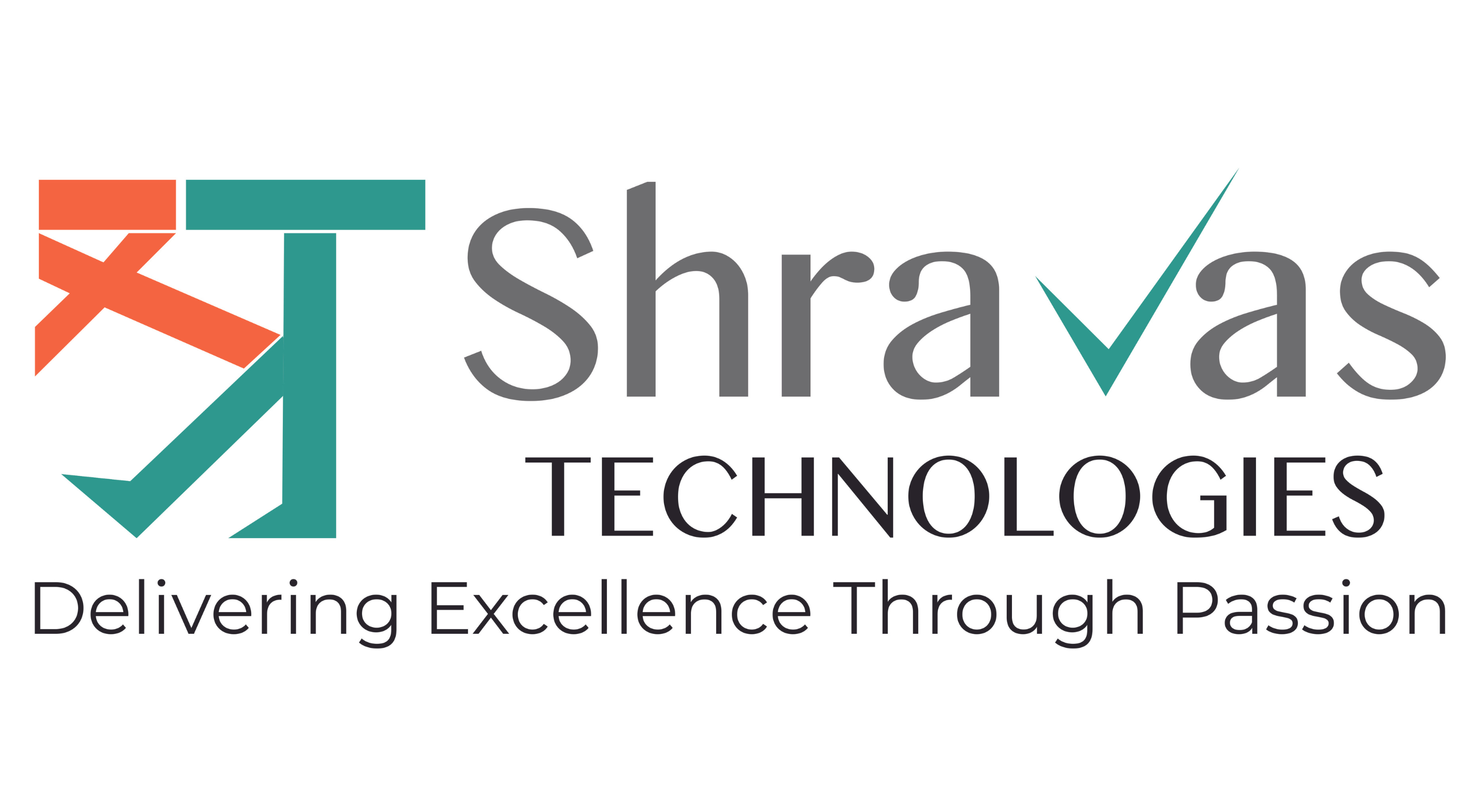In high-growth tech hubs like Bengaluru, where startups and enterprises alike push for faster releases and smoother digital experiences, performance testing can’t be an afterthought. But traditional testing models break under the pressure of rapid delivery cycles and fluctuating user loads. That’s where cloud-native TestOps steps in.
TestOps combines testing with DevOps principles, embedding testing deeper into CI/CD pipelines. Add cloud-native infrastructure to the mix, and you get scalable, on-demand, automation-ready performance testing. This approach helps QA teams in fast-moving markets like Bengaluru keep pace with development velocity while maintaining product quality.
Why Traditional Load Testing Falls Short
Legacy load testing tools were built for monolithic apps and static infrastructure. They:
- Require heavy upfront setup.
- Don’t integrate well with CI/CD.
- Struggle to scale beyond predictable workloads.
- Are resource-intensive, both in time and cost.
For teams shipping code daily, this model is too slow. Bengaluru’s agile teams, especially in SaaS, fintech, and mobility sectors, need performance testing that evolves with their code.
What is Cloud-Native TestOps?
Cloud-native TestOps is a modern testing framework where:
- Testing is automated and embedded across development workflows.
- Load generation scales elastically in the cloud.
- Insights are real-time, helping QA and developers act fast.
- Tests run as part of CI/CD pipelines, ensuring early detection of performance issues.
This makes it possible to run comprehensive performance tests as frequently as functional tests. For example, simulating 10,000 concurrent users in minutes, without provisioning physical infrastructure.
Benefits of Scaling Performance Testing with Cloud and TestOps
1. Elastic Load Generation
Cloud lets you spin up hundreds of test agents across regions, enabling realistic, distributed load. Whether you’re testing a local Bengaluru-based food delivery app or a global fintech platform, scaling up or down is seamless.
2. Cost Efficiency
With a pay-as-you-go model, you’re only charged for what you use. There’s no need to maintain idle infrastructure just for monthly stress tests.
3. Speed and Automation
With TestOps, tests are version-controlled, auto-triggered, and integrated into CI/CD. Performance issues are caught during development, not after release.
4. Data-Driven Decision Making
Cloud-native testing tools provide dashboards and analytics in real-time. Developers and QA teams in Bengaluru can collaborate on root cause analysis without wasting cycles.
5. Improved Developer-QA Collaboration
TestOps aligns testing closer with development. Performance metrics become part of everyday feedback loops, not isolated reports after UAT.
Practical Implementation Strategy
If you’re aiming to move toward a cloud-native TestOps model, here’s a practical roadmap:
Step 1: Choose the Right Tools
Popular cloud-native testing tools include:
- k6 (by Grafana)
- JMeter with AWS/GCP autoscaling
- Locust with Kubernetes integration
- BlazeMeter for managed services
Step 2: CI/CD Integration
Plug your testing tool into Jenkins, GitHub Actions, GitLab CI, or other CI/CD systems. Define thresholds for performance regression and automate test triggers with each build.
Step 3: Test Environment Parity
Ensure your test environment mirrors production in architecture and scale. This is where cloud helps immensely—you can replicate distributed architectures cost-effectively.
Step 4: Shift Performance Testing Left
Instead of one big stress test before release, run smaller, targeted performance tests throughout development. This enables faster debugging and higher test coverage.
Why This Matters in Bengaluru’s Tech Landscape
Bengaluru is home to thousands of product teams working on real-time apps, API-driven services, and mobile platforms with high concurrency demands. In such a setting:
- Latency issues kill UX fast.
- Load bottlenecks during traffic spikes can cost users.
- Post-release performance issues hurt credibility and churn.
TestOps, powered by the cloud, helps prevent these issues early and cost-effectively.
Shravas Technologies: Enabling TestOps in the Cloud
Shravas Technologies Pvt Ltd, based in Bengaluru, is helping organizations embed TestOps into their QA strategies. By combining domain expertise in software testing with cloud infrastructure capabilities, Shravas accelerates the shift from reactive testing to proactive performance engineering.
From test automation frameworks to scalable load testing setups, Shravas supports agile teams in building resilient, high-performing applications. If you’re in Bengaluru and looking to scale your QA maturity with TestOps, Shravas is worth a look.
Final Thoughts
Cloud-native TestOps is not just a buzzword. It’s a practical response to the growing need for speed, scale, and stability in modern software delivery. In Bengaluru’s competitive and fast-evolving tech market, teams that adopt it gain a decisive edge.
Start small. Automate one performance test. Integrate it into your pipeline. Scale as needed. The tools are ready. The infrastructure is flexible. The benefits are real.
And if you need help getting there, companies like Shravas Technologies are already leading the way.

